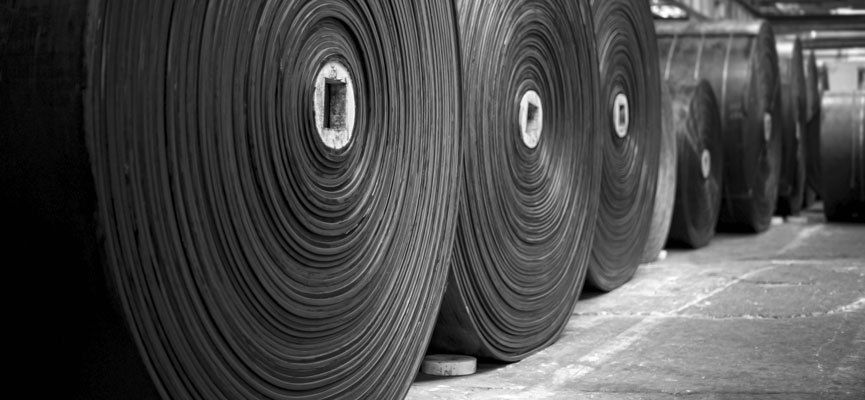Fabric Process Liner Improvement


Background
Arville have introduced a series of cost-saving developments to customers who are using textile process liners in the manufacture of mechanical rubber goods (MRG)
Application
A process/release liner is a material layer, usually applied during the manufacturing or curing process to prevent the outer surface of a rubber product prematurely adhering to itself or other surfaces
It is common to use a textile-based process liner for rubber products made on an industrial scale for a number of reasons including strength, high temperature resistance, relatively low cost and ease of handling
Problem
The customers were using a particular type of textile process liner which had been specified historically and had remained unchanged for a number of years because of the perceived lack of an alternative in the market. As such, the use of the material had not been reveiwed for some time
Whilst this was not felt to be an immediate ‘problem’ for the customers, they were conscious of the fact that they were single-sourcing a fabric without having any viable contingency

Project Brief
The key requirements for the customers were:-
- An alternative replacement to their existing fabric with high levels of durability and resistance to wear
- As the liner was frequently used for large or heavy rubber products (e.g. vehicle tyres) it was important that the fabric would have high tensile strength to withstand constant loads and frequent handling
- A fabric which would prove to be more cost-effective in the long-term
- A very high standard of weave for effective pattern transfer without any visible faults

Development
Process liners are considered as disposable by-products of a manufacturing process and whilst they are an essential component, they are also perceived as a direct cost and therefore, to a degree, price sensitive. As such we aimed to use our technical experience to develop a suitable alternative which would bring about cost-savings for our customers with a much improved level of durability when compared against the existing fabric already in use
If successful, this would allow them to use the fabric for much longer periods before having to make changeovers
Using the information from our database of yarns and weave constructions we proposed to weave a continuous filament (CF) nylon fabric, suitable to accept a specialist release agent which would be applied during the finishing process. The release agent would cause the fabric to maintain its release properties for a much longer period of time with the yarn type and weave construction offering base that was both durable and hard-wearing
Process
To thoroughly test this innovation we produced a trial weave of a base material on our looms which are allocated to ongoing development work. This gave us a short-run length of fabric which could be used as a test carrier for the release agent, and after the treatment was applied, it was sent to the customers factories for trials. Following successful validation by the customers we were given their approval for full-scale commercial production of the fabric
Outcome
The fabric performed above our customers’ expectations and they were surprised at how easy the process of using our specialist expertise in the development project actually was:
- They were able to re-use the fabric as much as x5 longer before it began to wear out and lose its release properties
- By reducing the amount of changeovers on the production lines they were able to eliminate downtime and improve their production efficiencies
- The new fabric reduced the amount of rejected product caused by inneffective release or inconsistent transfer of weave patter to the rubber surface
- The customers achieved a significant reduction in their production costs with minimal effort on their part
Problem → Assess → Design → Technical Solution → Trial → Full Scale Production
Previous Article Next Article



